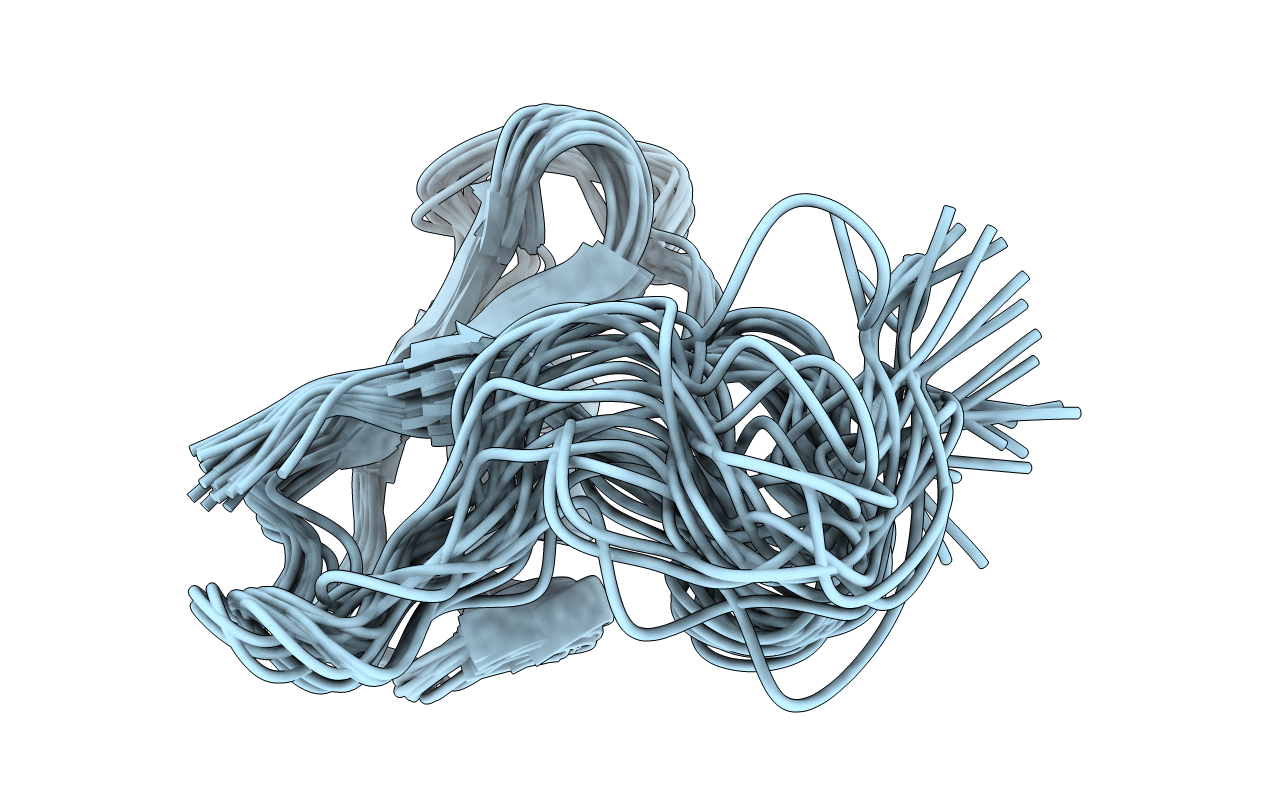
Deposition Date
2020-02-24
Release Date
2020-07-08
Last Version Date
2024-10-09
Method Details:
Experimental Method:
Conformers Calculated:
500
Conformers Submitted:
20
Selection Criteria:
structures with the least restraint violations


